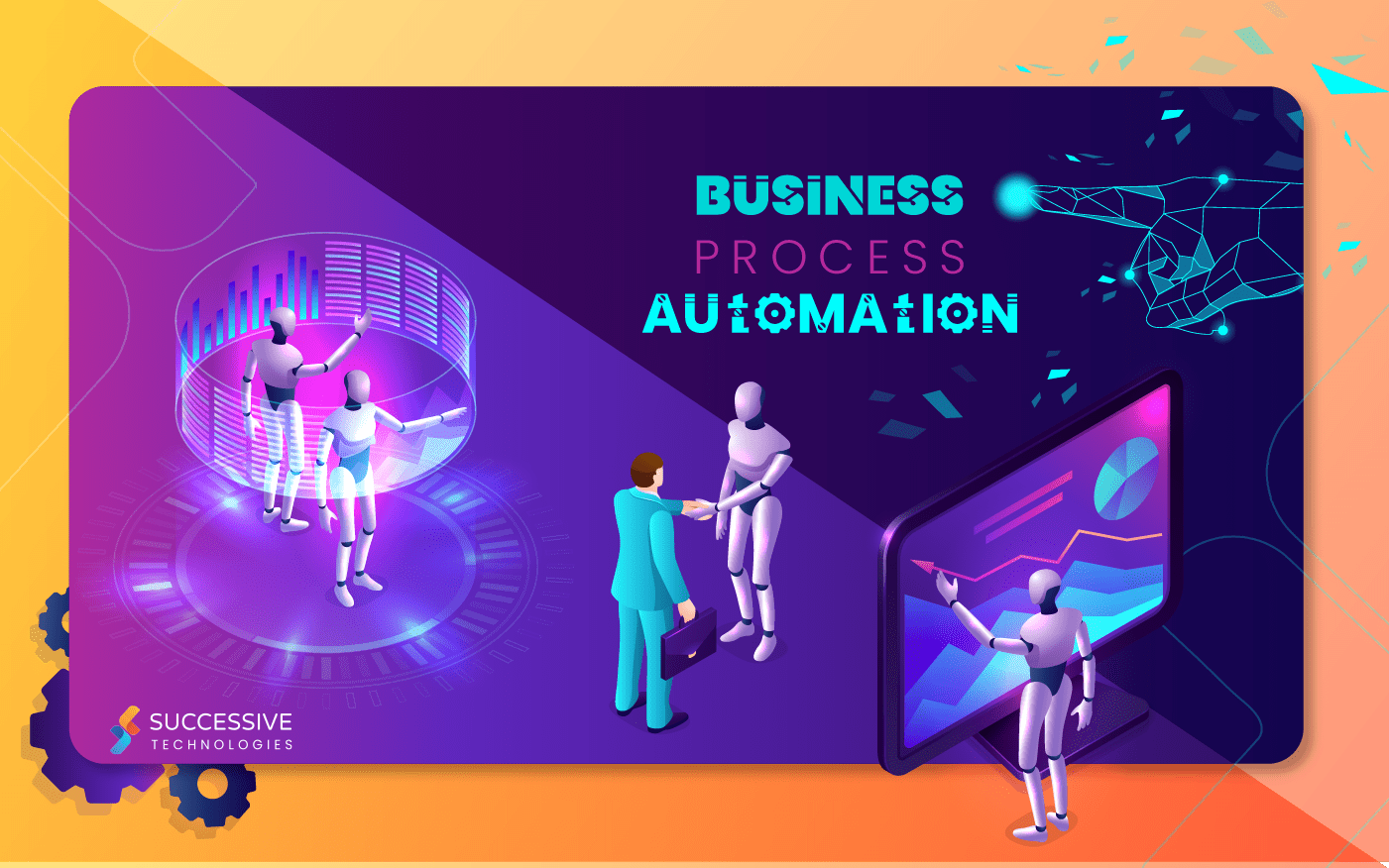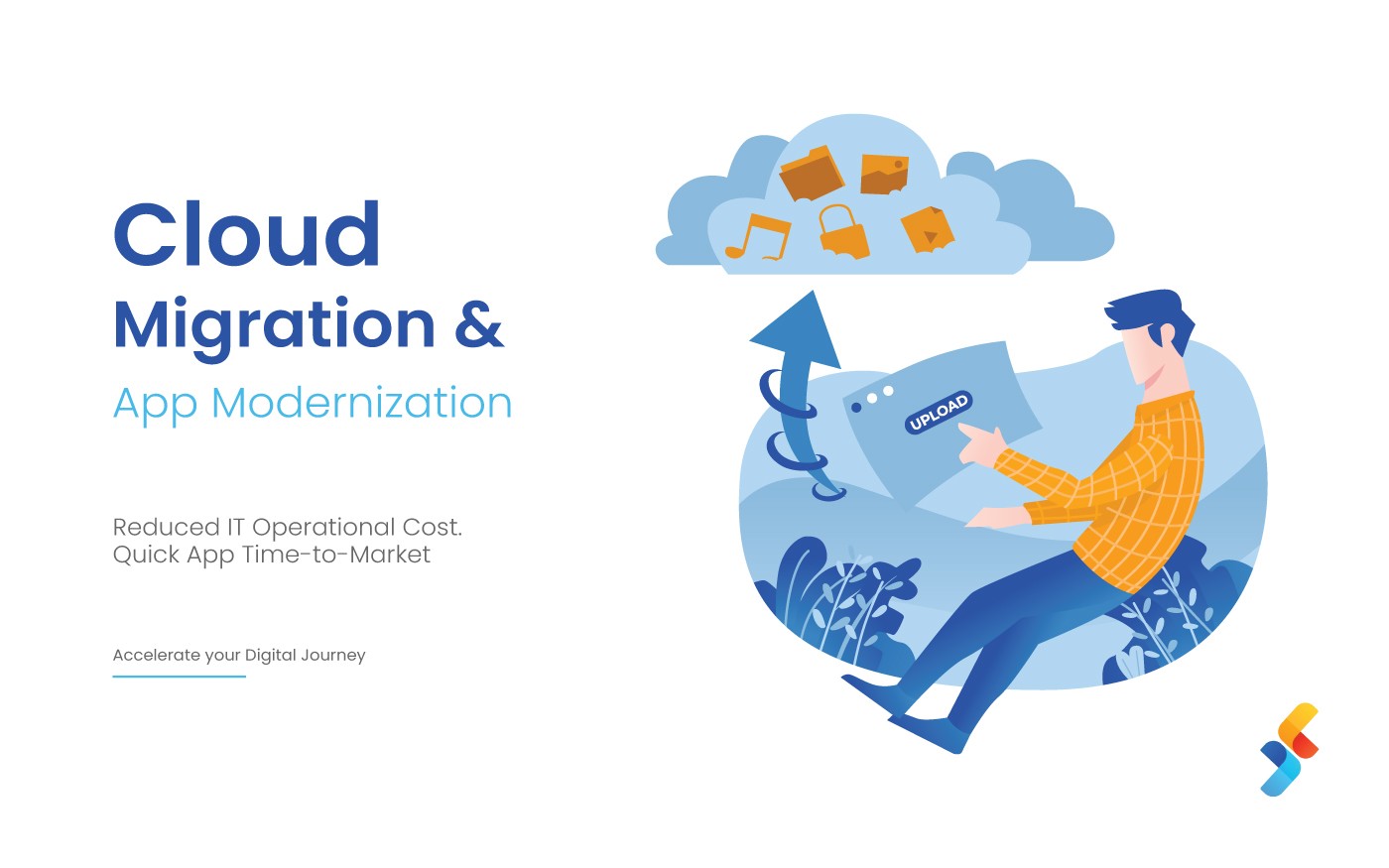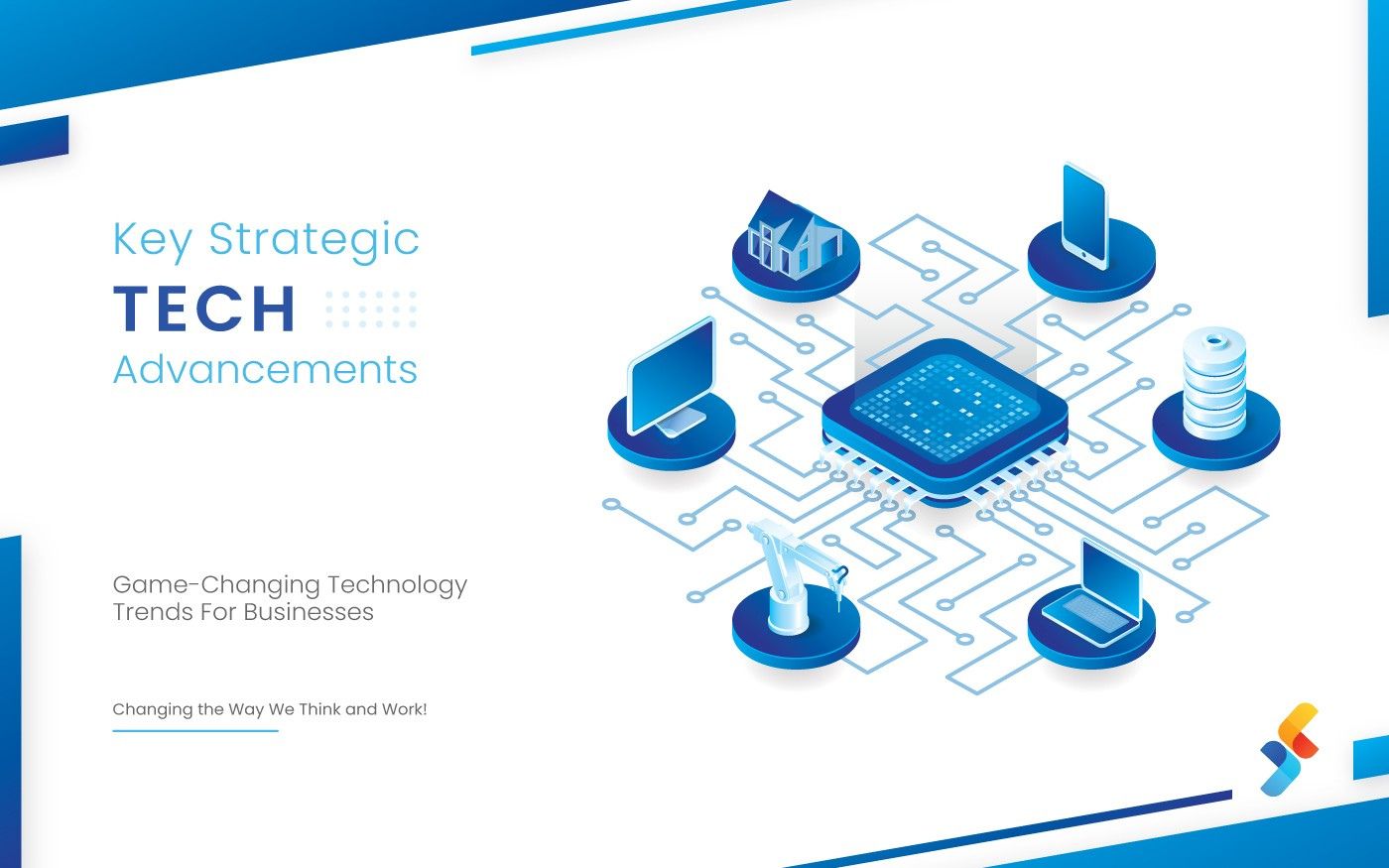To achieve agility, competence, and effective digital transformation, enterprises should rigidly focus on the evolving advancements in technology. Nowadays, new technology is broadly available and far more affordable than it was decades ago. Several organizations have set forth on the path towards digital transformation with emerging technologies as their prime focus, however, it is the processes and the people they are empowered with that lead to a productive and robust transformation.
Enterprises that have successfully executed and are efficiently navigating their role towards digital transformation have experienced that deploying a low-code workflow automation platform makes them more radical and fast-paced. A low-code workflow automation platform empowers decision-makers to configure applications and automation solutions without the need to code. Besides, it ensures the interoperability of diverse systems with minimal human intervention.
Even the most skilled and dedicated IT leaders fail to manage and optimize a wide range of processes that exists across the business. As a result, only some specific and particular processes get prioritized for automation leading to a remarkable number of inefficiencies across the organization.
Deploying the Workflow Automation across the Company
The key fundamental to a business-wide adoption of workflow automation is that it should be trustworthy and easily accessible across the complete LOB (Line of Business). With an intelligent, efficient, and robust workflow automation and orchestration platform, businesses can enhance their accessibility as the workflows can be created and deployed in minutes (no coding required and features a drag and drop design).
Automated workflows simplify the tedious IT operations and improve the experience of LOB (Line of Business) users. By leveraging automated workflows, organizations can unleash the potential of their workforce along with empowering the users to innovate and optimize.
RPA Promotes Businesses by Delivering Automation
RPA (Robotic Process Automation) enables businesses to frequently measure the implemented manual activities that can persevere a well-defined process, increase the speed of office work and depreciate the human errors which occurs while re-keying similar data into various systems. It automates the monotonous and tedious tasks and improves process agility. Businesses are implementing RPA to digitize their standard interfaces where the software robots stimulate the processing speed by automating the iterative tasks that usually stagnate business productivity.
In comparison to a full-scale business process optimization, the RPA is economical as it utilizes the existing IT infrastructure and automates the continuing business processes. By incorporating ML into the dynamic part of workflow automation and RPA, organizations can become more innovative, agile, smarter, and efficient.
The Bottom Line
Understanding where to begin with digital transformation is a bit challenging, but automation will provide the kickstart that maximum businesses need to begin with their journey. By unifying the power of low code workflow automation, RPA, and ML, businesses can become more productive, solution-driven, advanced, and efficient. Just remember to start simple and approach the big stuff systematically.












